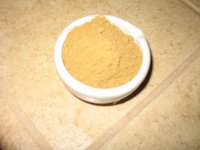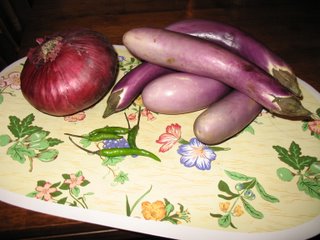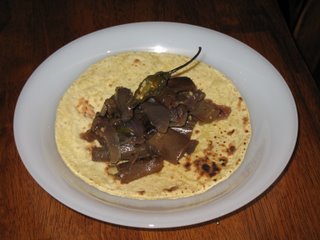 Mythili of Vindhu is hosting a food-blogging event called 'Mistress of Spices', and we get to write about our favorite spice.
Mythili of Vindhu is hosting a food-blogging event called 'Mistress of Spices', and we get to write about our favorite spice.I’m choosing Jeera as my favorite spice for this event; I hope it’s not too late to post.
Cumin (Jeera) is usually used both as a whole seed or ground powder in virtually any Indian curry dish, which makes it one of the most important of all Indian spices. Cumin seeds can be either white or black. Black cumin seeds have a slightly sweeter and more delicate flavor than the white seeds. It gives that powerful aroma which many people associate with Indian food. Cumin also has a bitter and nutty taste. Cumin is identified with Mexican cuisine as well. Cumin can be found in some Dutch cheeses and in some traditional breads from France.
Cumin is an ancient spice and the use of which dates back to ancient Egypt, has been mentioned in the Bible, been used by Greeks, and been referenced in middle age Europe. Cumin is also known to be an appetite stimulant and believed to ease stomach disorders, such as diarrhea.
Cumin is the dried fruit of a small herb. Cumin adds flavor to foods, liquors and beverages. The spice is of particular value in the blending of Indian curry powder. It also enlivens pulaos, biryanis and kebabs. Cumin has digestive properties and when boiled in water and drunk, is very refreshing. It is also used in medicines, toiletries and perfumery.
 Indian cumin grows abundantly in Gujarat, Rajasthan and Utter Pradesh. It is exported in its natural form as well as oil and powdered forms. Exports are mostly to USA, Singapore, Japan, UK and North Africa.
Indian cumin grows abundantly in Gujarat, Rajasthan and Utter Pradesh. It is exported in its natural form as well as oil and powdered forms. Exports are mostly to USA, Singapore, Japan, UK and North Africa.
Lastly, my parents are currently visiting, and they insist on drinking Jeera Water, water boiled with Jeera and Ginger powder. This is a very common way of drinking water in Kerala, and in Malayalam, is called Chukku/JeeragamVellam; Chuka meaning dried ginger, jeeragam meaning jeera, and vellam meaning water. “Chukkuvellam”, the boiled and herb-infused water has become a trademark of Kerala. Tourists have been fascinated by this herbal concoction, often falling into the everyday habit of drinking it.


